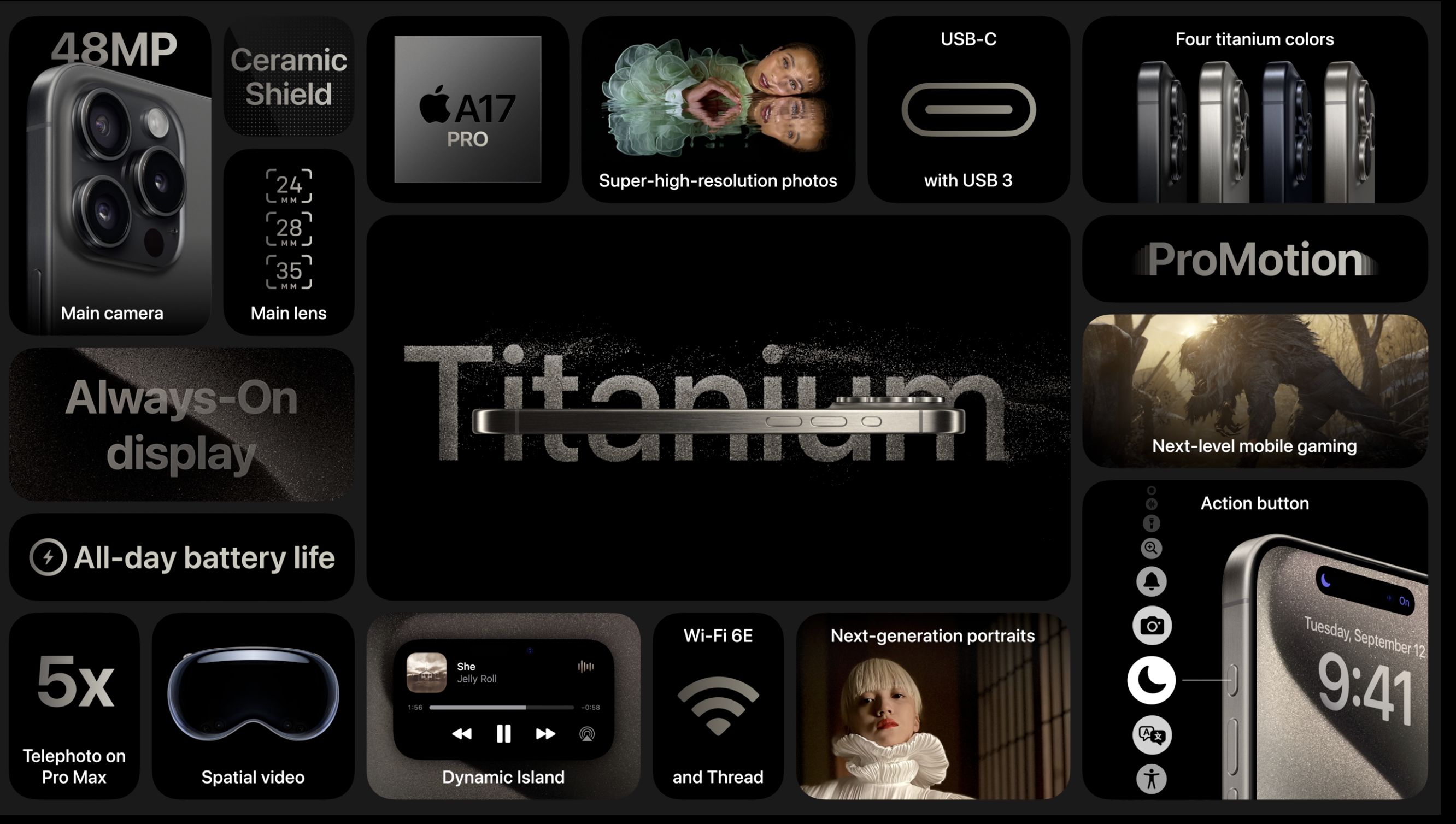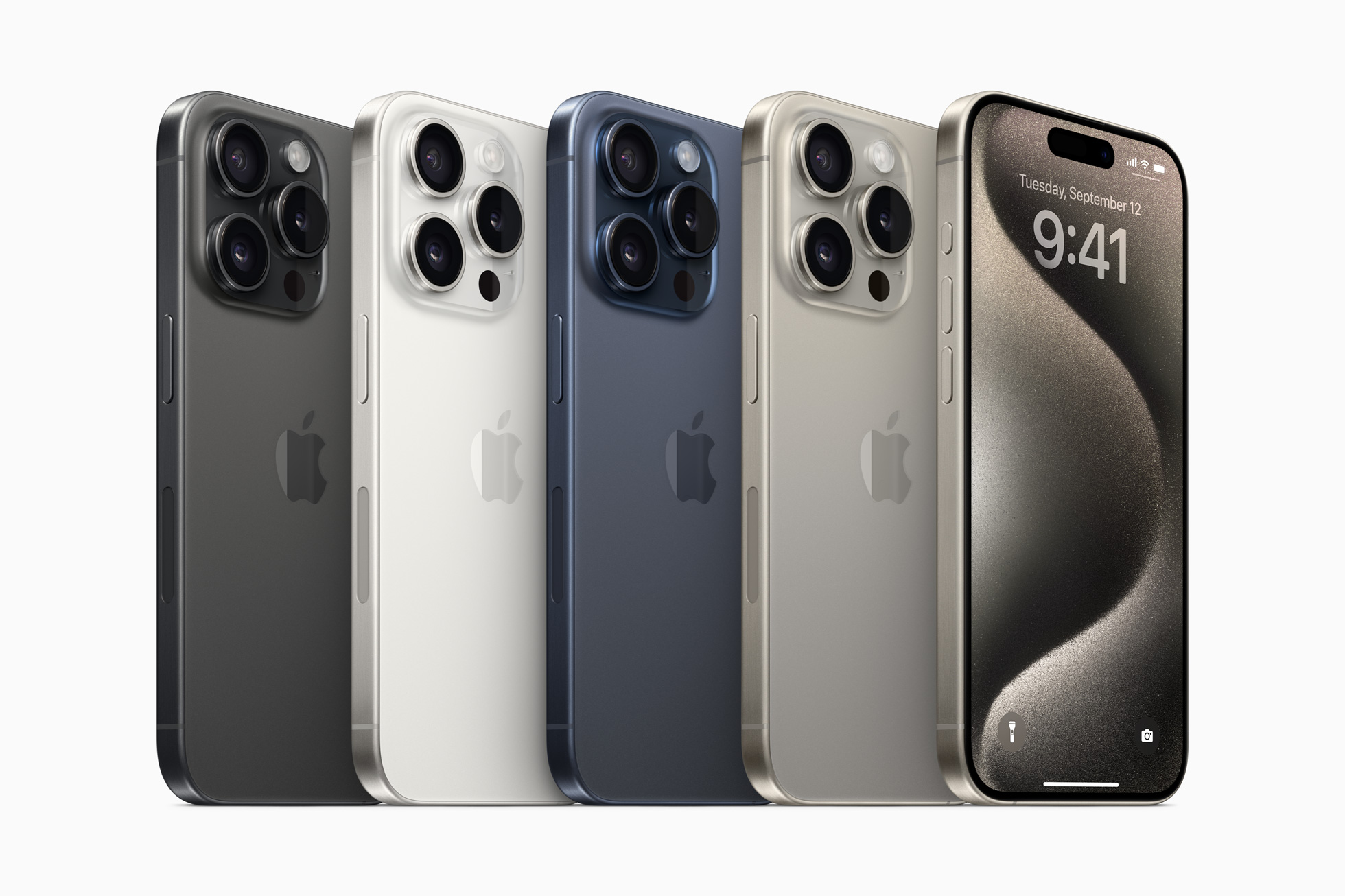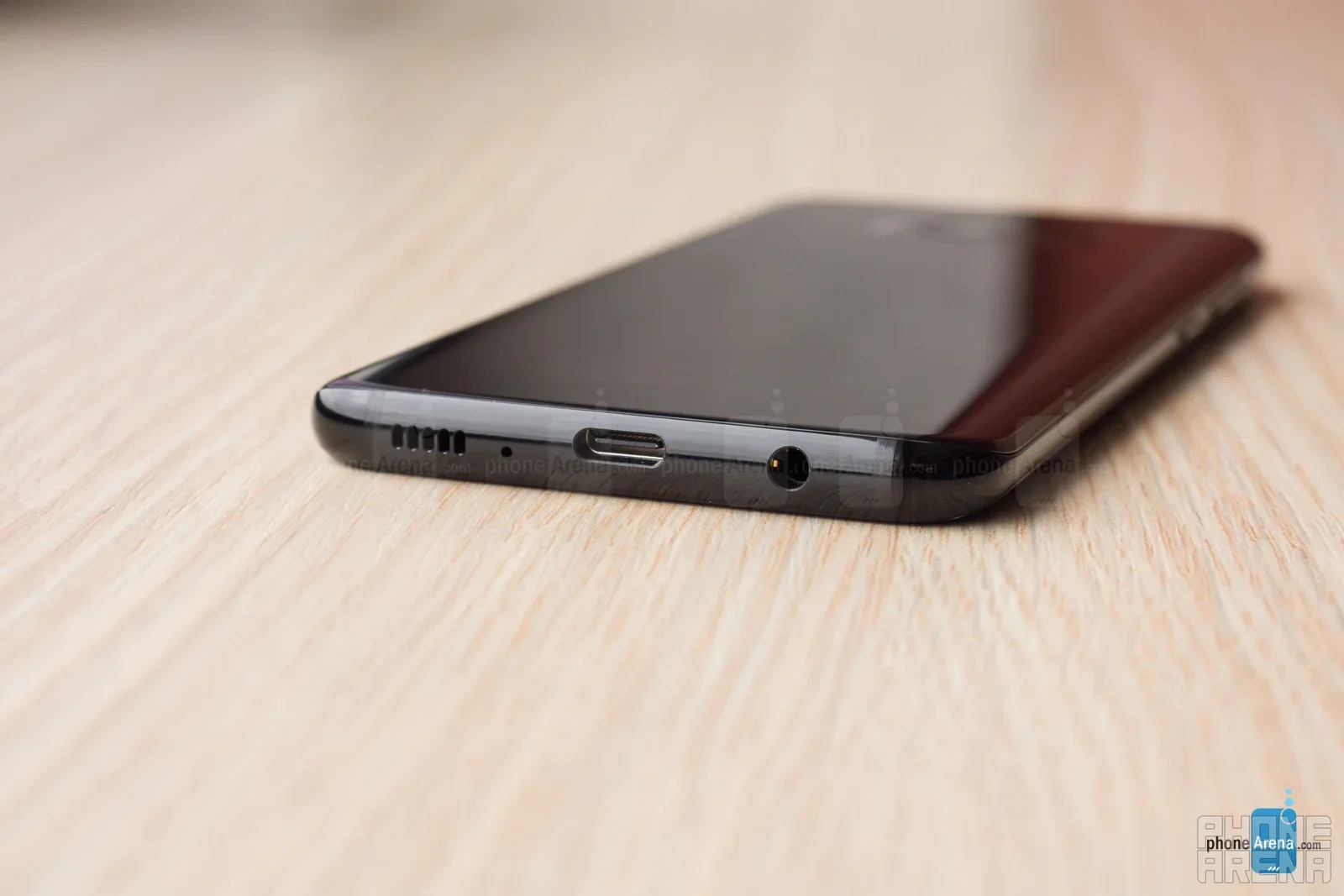Apple’s iPhone 15 Pro and iPhone 15 Pro Max are getting the first widely available 3-nanometer chip, the A17 Pro.
The A17 Pro boasts 19 billion transistors and a 6-core CPU, with two high-performance cores (which Apple calls the “faster mobile CPU”), up to 10% faster than predecessors, and four high-efficiency cores. The 16-core neural engine can process up to 35 trillion operations per second, and Apple is boasting about more speed here, too. There are also dedicated engines for ProRes, an AV1 decoder, and the Pro display engine.
There’s a new GPU with a custom shader architecture, which Apple says is the biggest shift to the company’s GPUs, ever. It has six cores and is up to 20% faster than its predecessor. The GPU allows for mesh shading, hardware-accelerated ray tracing, and more. The ray tracing is four times faster than the software-based option on the A16 Bionic. The GPU and neural engine can also work together for upscaling.
Apple is pushing the GPU as a big boon for mobile gaming, highlighting developers that showed off improved graphics using the chip. Resident Evil Village and the Resident Evil 4 remake, games that were available on console and PC, are going to come to the iPhone 15 Pro and Pro Max due to the power of the chip. Apple also showed off The Division: Resurgence and Gensin Impact. Ubisoft will bring Assassin’s Creed Mirage to the iPhone in 2024 – it had previously been announced for consoles and PC.

There’s also a USB 3 controller on the A17 Pro, enabling up to 10 Gbps. This suggests that it will be faster than the USB Type-C port, replacing the Lightning jack, on the non-pro models. Apple is suggesting that users can use USB 3 over the USB C port to move pro-grade video to a Mac quickly or to record directly to external storage. It will also support 4K60 ProRes.
The A17 Pro also features a second-generation ultra-wideband chip for better precision in Find My or to share locations with other people.
The 6.1-inch iPhone 15 Pro and 6.7-inch Pro Max will each use grade 5 titanium, replacing stainless steel, which Apple says will make these phones lighter than their predecessors. The phone features the thinnest borders ever on iPhone, reducing dimensions while maintaining the screen size. On Pro models, Apple is replacing the mute switch with a customizable action button, which will allow you to launch apps, activate the camera, utilize shortcuts, or keep muting the phone if that’s your preference.

The iPhone Pro introduces a brand new 48MP main camera with a f/1.78 aperture. It can now shoot in 48MP HEIF at 24 mm, 28 mm, and 35 mm focal lengths. There’s also a new 12MP 3x telephoto lens on iPhone 15 Pro, while the large size of the iPhone Pro Max allows for a 5x zoom (120 mm focal length, f/2.8 aperture). The sensor used in the telephoto lens is twice as large as the one found in the iPhone 14 Pro. The iPhone 15 Pro Max also features all-new three-axis optical image stabilization with 10,000 micro adjustments per second (the iPhone 15 Pro has two-axis image stabilization). There is also a new 12MP ultra-wide camera (13 mm focal length, f/2.2 aperture) with improved night mode.
Another feature announced is that the ultrawide and and main cameras can be used together to shoot 3D video to use on Apple Vision Pro. However, this feature won’t launch with the iPhone 15 Pro and will instead be available later this year in an iOS 17 update. The IPhone 15 Pro will start at $999 for a 128GB model, the same price as last year. The iPhone 15 Pro Max will begin at $1,199 with 256GB model, the same price as last year for that capacity, but eschewing the cheaper 128GB option. Pre-orders begin on Friday, and the phones will be available on Sept. 22.
iPhone 15 and 15 Plus Get A16 Bionic
The iPhone 15 and iPhone 15 Plus mirrors the design of the iPhone 14 that came before it. It’s available with either a 6.1-inch and 6.7-inch display and comes in pink, yellow, green, blue or black. Those displays now feature the Dynamic Island, which was first introduced on the iPhone 14 Pro. The iPhone 15 features an all-new camera system, adding a new 48MP main camera with a 26mm focal length, and f/1.6 aperture. For this, Apple is sticking with the A16 Bionic from the iPhone 14 Pro, including two high-performance cores, 4 efficiency cores, and a 5-core GPU. A new second-generation ultra-wideband chip allows the iPhone 15 to connect to other devices using the same chip from further distances.
The new iPhones are the first to use USB Type-C for data and charging (though MagSafe and Qi 2 are still options). USB-C will also come to AirPods Pro Gen 2, and you’ll be able to charge AirPods or Apple Watch over USB from your iPhone. Apple will also make a USB-C version of EarPods. The iPhone 15 will start at $799, while the iPhone 15 Plus will begin at $899.
Apple Watch Series 9 and Apple Watch Ultra 2 Get S9 SiP
Apple also introduced its S9 SiP (system-in-package), with 5.6 billion transistors, and a 30% faster GPU over the S8, to power the new Apple Watch Series 9 and Ultra 2. It also features a four-core neural engine. The chip allows more Siri requests to be handled directly on the Watch. Despite the new chip, Apple is still promising 18 hours of battery life on the Series 9, which has been the same for years. The neural cores are being used to power a new “double tap” gesture that lets you tap your thumb and second finger together to press an app’s main button if your other hand is occupied. The S9 also features a second-gen ultra-wideband chip for precision finding, also enabled in the iPhone 15.
The Apple Watch Series 9 starts at $399, while the Ultra 2 begins at $799. They are available for pre-order today and will be available on Sept. 22.
Developing… check back for more details.








